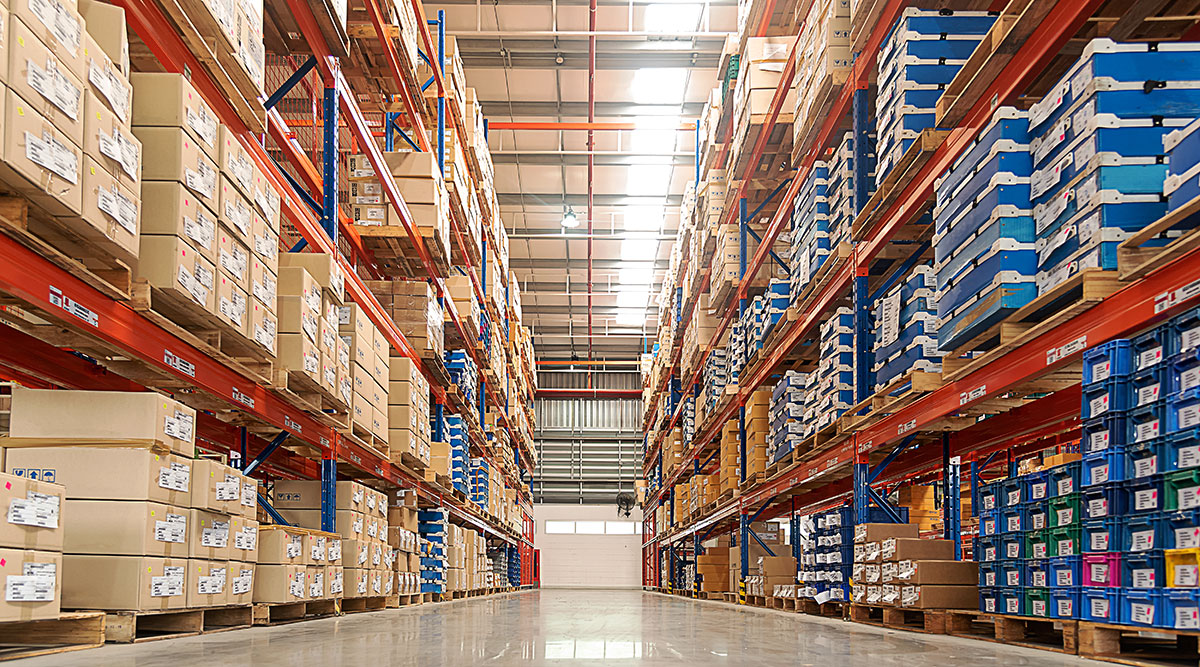What is Considered as "Reasonably Necessary Treatment" on a Workers Compensation Claim?
- Written by News Co

Have you ever thought of the possibility of being involved in an accident while performing your job? Probably not. Regardless of the job you are in, however, it is important that you know your rights when that happens to you. After all, someone should be liable for whatever injury you sustain in the line of duty.
Did you know that under the law, your workers compensation insurer should pay for your medical expenses when you get injured at work—regardless of whether you were at fault or not? But there’s a catch—your insurer is only required to pay if your medical treatment is deemed as “reasonably necessary.”
In this article, we will discuss what types of treatment are considered as “reasonably necessary” under the law.
Which expenses are considered “reasonably necessary?”
According to Section 60 of the Workers Compensation Act of 1987, your insurer is liable to pay for your “reasonably necessary” treatment and other related medical expenses after you have sustained a work-related injury. The fact that there is a label “reasonably necessary” means not all treatments you will receive after the accident will be covered by your insurer.
To be categorized as “reasonably necessary, there are a few things that your insurer needs to consider. Under the law, these factors include the following:
- How the treatment may help you improve your daily function
- Whether or not the treatment is related to your work-related injury
- Whether or not there are other alternative treatments available
- How much the treatment costs
- How the treatment will actually benefit you in the long run
- How medical experts accept the treatment as being appropriate and effective
With these considerations in mind, only the following expenses will be covered by your insurer:
- Medical and related treatment which includes any treatment you receive from medical practitioners during your hospital stays and other appointments
- Rehabilitation treatments, including occupational therapy and speech therapy
- Domestic assistance services, including personal care, registered nursing, and other attendant services
- Provision of artificial aids such as wheel chairs and other assistive technologies
- Nursing and medicine supplies, including those provided outside of hospital treatment
- Ambulance service, both emergency and non-emergency
The “reasonably necessary” expenses also cover travel expenses, including those you have incurred attending to your medical appointments. To claim this, however, you will need to show proof of public transport such as receipts, or a record of your mileage if you used your own car during your appointments and hospital visitors. The current maximum amount payable for private transport is $0.55 per kilometer.
Which expenses are not considered “reasonably necessary?”
While the Workers Compensation Act of 1987 seems encompassing, there are certain claims for treatment and care that it does not cover. Some of the services and items that the law does not cover include the following:
- Treatments you had before the accident that caused your work-related injury, unless you had a pre-existing condition that was made worse by the incident
- Household items such as linen, furniture, and others you may have used during your hospital accommodation
- Services received for injuries not related to work
- Additional hospital expenses such as newspapers and extra food
- Treatments provided for family members
When making a claim, it is also crucial to remember that the program does not cover the payment of your wages while you receive treatment for your work-related injury. Under the law, wages and other benefits should be paid by the insurance agent of your employer, not your insurer.
Can the insurer pay for your medical treatment without prior approval?
In most cases, no. But while the law stipulates that the insurer should pay only for the cost of medical treatments with the prior approval of the insurer, there are cases when a lack of prior approval is considered acceptable. In such cases, the medical expenses should still be covered by the insurer. These exceptions include the following:
- All treatments received within 48 hours of the injury
- Expenses incurred during a meeting with a nominated treating doctor
- The initial consultation with a medical practitioner specializing in your case, as referred by the nominated treating doctor
- All x-rays performed, as referred by the nominated treating doctor
- All services provided in the emergency room
- Pharmaceutical items approved by the nominated treating doctor within 3 weeks of the injury
- The first 7 treatment sessions with a physiotherapist, osteopathist, or chiropractic doctor
- The initial consultation with a psychologist and the succeeding 5 treatments or counselling sessions
- The first 5 sessions of remedial massage
- The first hearing needs assessment with the nominated treating doctor
- Other expenses that the Workers Compensation Commission orders the insurer to pay for
How do you make a claim?
Once you have determined that you can make a claim for your reasonably necessary treatments and other expenses, you can get your claim number from the nominated insurer and give this number to the medical practitioner treating you. Your doctor will then send their accounts directly to the nominated insurer to get payment.
But what if you are already done with the treatment and would like to seek a reimbursement? Well, in that case, all you need to do is to gather all your receipts from the treatment and other medical appointments and present them to the nominated insurer to have your money reimbursed. You can do this by itemizing everything on a spreadsheet and then attaching all your receipts on the printed document.
It usually takes insurers up to 21 days to approve compensations for reasonably necessary treatments and expenses, but the process may take longer if you fail to provide adequate information. When this happens, you may request the needed information from your treatment provider.
If you think you have provided sufficient information to the nominated insurer but the insurer still fails to respond to your claim, you may refer your case to experienced lawyers such as the personal injury lawyers in Perth for legal advice. You also need to consult an experienced personal injury lawyer if the insurer denies liability for the payment of your reasonably necessary expenses, even after being presented with sufficient documents.








